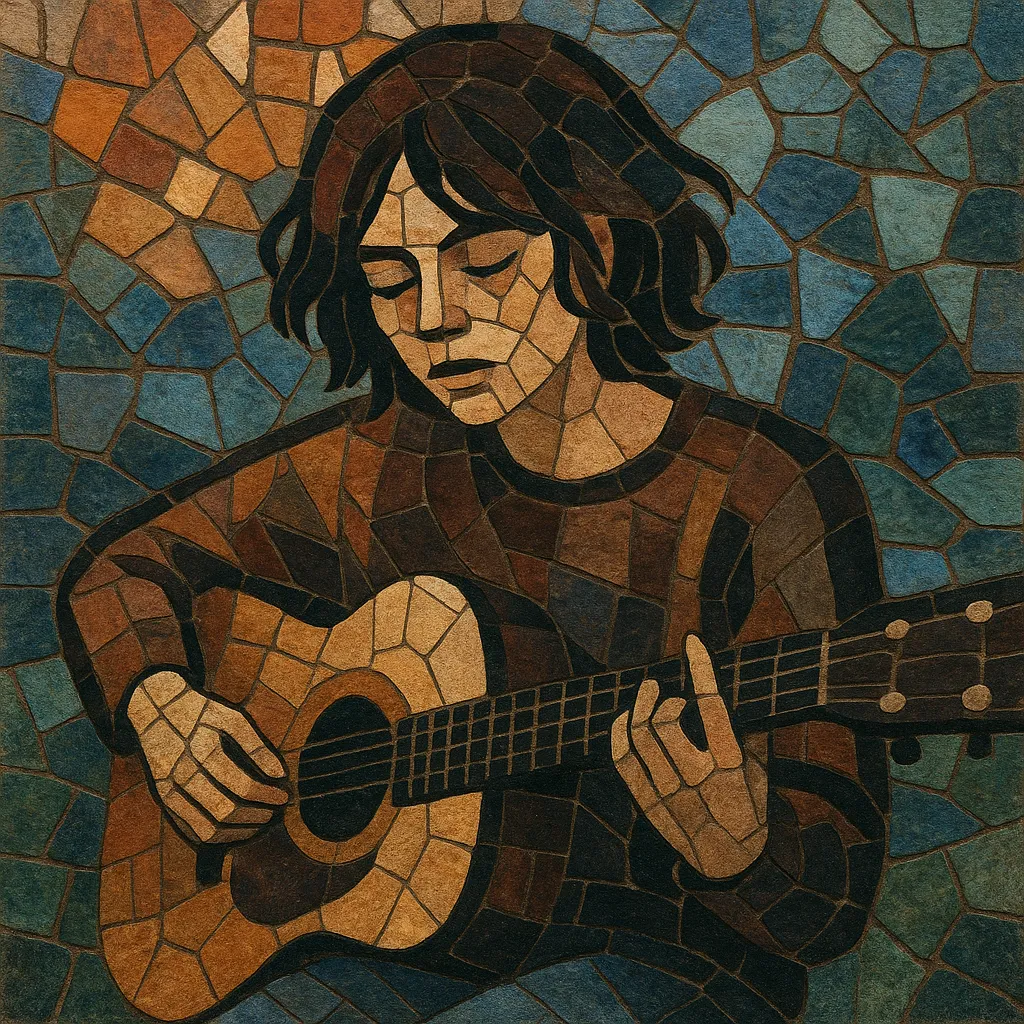Indie (short for “independent”) began as music made and released outside the major-label system, where a DIY ethos shaped everything from songwriting and recording to artwork and touring.
As a sound, indie is eclectic but often features jangly or overdriven guitars, intimate or understated vocals, melodic basslines, and unvarnished production that foregrounds authenticity over gloss. It spans rock, pop, and folk while welcoming electronic textures and lo‑fi aesthetics. Lyrics typically focus on personal observation, small details, and wry self-awareness rather than overt virtuosity or spectacle.
Beyond style, indie describes a culture: small labels and stores, college/alternative radio, fanzines/blogs, community venues, and scenes that value experimentation, individuality, and artistic control.
The term “indie” grew out of post‑punk and new wave’s DIY infrastructure in the United Kingdom, where independent labels like Rough Trade, Factory, and Creation championed artists outside the major-label system. The UK Indie Chart (launched in 1980) helped codify a distinct ecosystem. In the U.S., college radio and local venues nurtured a parallel network for independent rock and pop.
As scenes matured, a recognizable palette emerged: jangly guitars, hooky yet off‑kilter melodies, and lyrics with personal or ironic slants. Bands such as The Smiths, R.E.M., Pixies, Sonic Youth, and Pavement became touchstones, while UK C86 culture solidified a tuneful, DIY pop lineage.
The blog era, MP3 sharing, and affordable home recording broadened reach and aesthetics. Indie absorbed electronics (indietronica), chamber instrumentation, and lo‑fi textures, while acts like The Strokes, Arcade Fire, and Vampire Weekend crossed into mainstream consciousness without abandoning independent principles.
Playlists and social media reinforced “indie” as both style and stance. Bedroom pop, indie folk, and genre‐blurring hybrids thrived. Although many artists now work with larger labels, indie’s core values—creative control, experimentation, and community—continue to define the culture.


